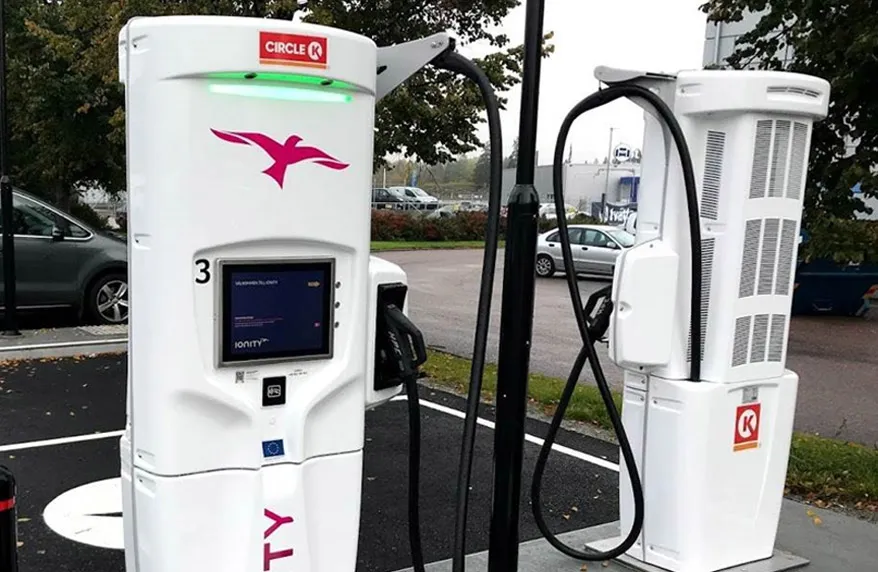Revolutionizing Transportation: The Rise of Electric Vehicles
Electric vehicles (EVs) are rapidly becoming a pivotal element in the global shift towards sustainable transportation. This transformation is fueled by the urgent need to reduce carbon emissions and mitigate climate change impacts.
The proliferation of EVs is reshaping not only the automotive industry but also how businesses and workplaces adapt to this green revolution.
The Catalyst for Change: Commercial and Workplace Charging Infrastructure
As EV adoption accelerates, the demand for accessible ev charging solutions is paramount. Commercial and workplace environments are uniquely positioned to lead this change.
By integrating robust EV charging infrastructure, businesses can significantly contribute to promoting sustainable practices while catering to the evolving needs of their employees, customers, and the community at large.
Key Benefits of Adopting Workplace EV Charging:
– Employee Satisfaction and Retention: Offering EV charging facilities enhances the workplace environment, demonstrating a commitment to employee well-being and sustainability.
– Attracting Eco-conscious Customers: Businesses with EV charging stations appeal to a growing demographic of environmentally aware consumers.
– Reducing Carbon Footprint: Investing in EV charging infrastructure is a direct contribution to reducing greenhouse gas emissions.
– Future-Proofing the Business: Staying ahead in the transition to cleaner transportation secures a competitive edge in an increasingly eco-conscious market.
Implementing Effective EV Charging Solutions
Implementing EV charging solutions requires strategic planning and consideration of various factors:
1. Assessing Charging Needs: Analyzing the current and future EV charging demands of employees and customers.
2. Choosing the Right Equipment: Selecting appropriate chargers (Level 2 or DC Fast Charging) based on usage patterns and location specifics.
3. Infrastructure and Installation: Ensuring the electrical infrastructure can support the additional load and planning for scalable expansion.
4. Incentives and Partnerships: Exploring government incentives and potential partnerships for funding and support.
Maximizing the Impact: Integration with Renewable Energy Sources
To maximize the environmental benefits, integrating EV charging with renewable energy sources like solar or wind power is crucial. This synergy ensures that the electricity used for charging is clean, further reducing the carbon footprint.
The Road Ahead: Embracing Change for a Sustainable Future
In conclusion, the integration of electric vehicle charging solutions in commercial and workplace settings is not just a trend but a necessity for a sustainable future. By adopting these practices, businesses not only contribute to environmental conservation but also position themselves as forward-thinking leaders in the journey towards a cleaner, greener planet. The time to act is now, and the opportunity to make a lasting impact is immense.
Read more
DC Fast Charging: Unleashing the Full Potential
How Long Does It Take to Charge an Electric Car with Fast EV Chargers?









